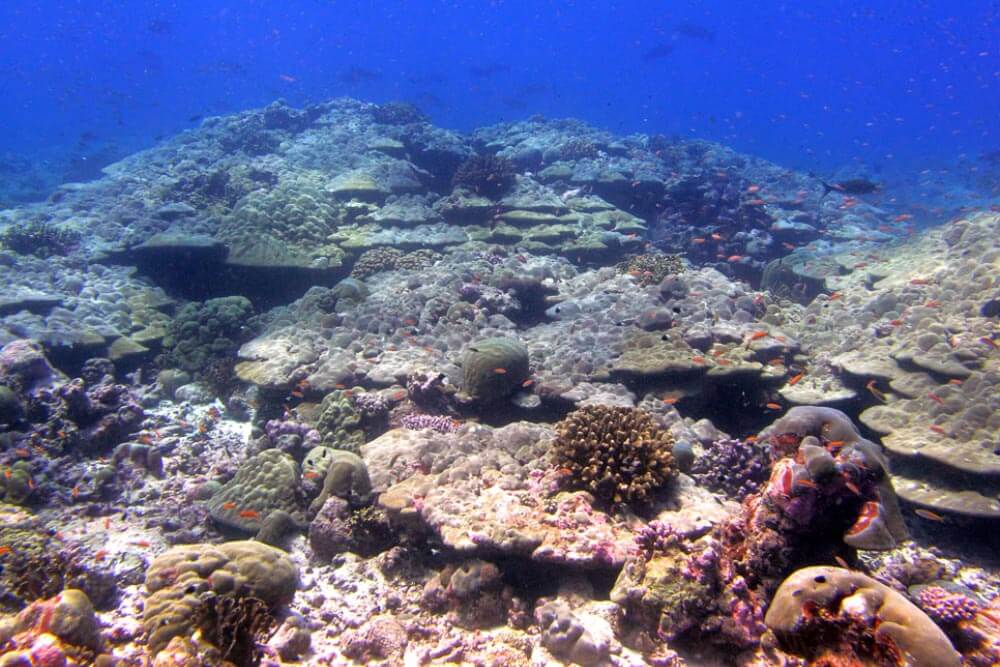
The government of Seychelles has announced a radical plan to fund two new Marine Protected Areas (MPAs), the first of which will cover 210,000 square kilometres (81,000 square miles) of the island nation’s waters.
Located in the Indian Ocean, approximately 1,600km off the eastern coast of Africa, almost 99 per cent of Seychelles’ 1.4 million square kilometres of territory is ocean. As a consequence, the local population is highly dependent on marine resources for food, and also the nation’s reputation as a tropical island paradise brings a huge boost to the economy through tourism. Approximately 43 per cent of the population of 100,000 people is employed in the fishing and tourist industries.
Under a unique deal US-based Nature Conservancy, backed by philanthropists such as Leonardo DiCaprio, will buy $21 million of Seychelles sovereign debt and the government will use the money saved to protect its oceans.
Due to its size and reliance on marine resources, the Seychelles, like its distant Maldivian cousins, is especially vulnerable to the effects of climate change and over-fishing. The coral reefs of the outer islands atolls are some of the most unspoilt through human activity, although the recent spate of coral bleaching has had a noticeable effect in some areas.

Seychelles is home to the Indian Ocean’s only population of dugongs and is an important spawning ground for important species such as tuna. On land, Aldabra island is home to the last surviving species of Seychelles tortoise, almost wiped out by early settlers, but now thriving thanks to local conservation work.
‘Our large ocean brings development opportunities but also responsibility,’ said Seychelles President Danny Faure said: ‘By planning properly to protect our environment, we can be sure we are also protecting our people and their livelihoods against an uncertain future.’
The first areas to be protected cover an area the size of Great Britain, but represent just half of the 410,000 square kilometres that will be protected by 2020, a full third of the Seychelles’ exclusive economic zone.

The MPAs will ban all human exploitation of the these Marine Protected Areas, including oil and gas exploration, deep-sea mining, controversial fishing techniques as well as limiting tourism to some locations. It is hoped other countries will also use this method to raise funds to pay for marine conservation.
‘This is a critical accomplishment in our mission to bring conservation to scale across the globe,’ said Mark Tercek, CEO of the Nature Conservancy. ‘What you see today in Seychelles is what we expect to introduce in the Caribbean and other ocean regions facing the threats of climate change.’
You can download the full MPA proposal (pdf format) from the Nature Conservancy Website.


